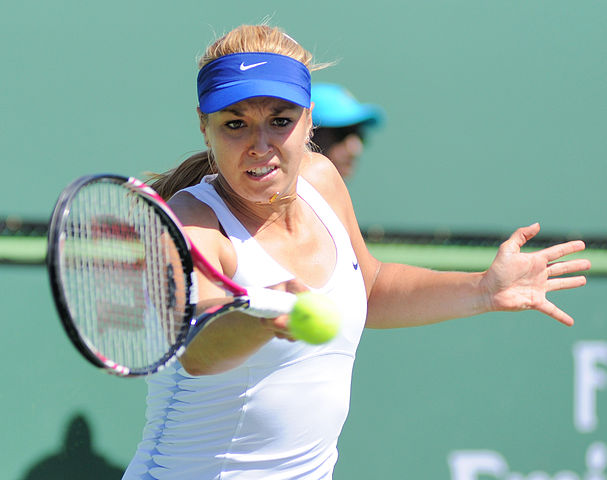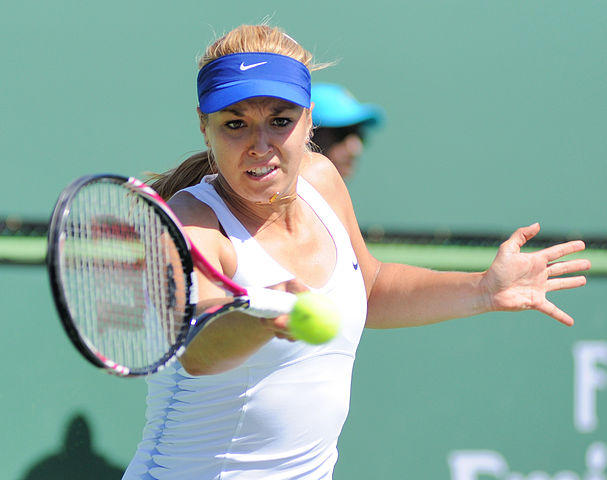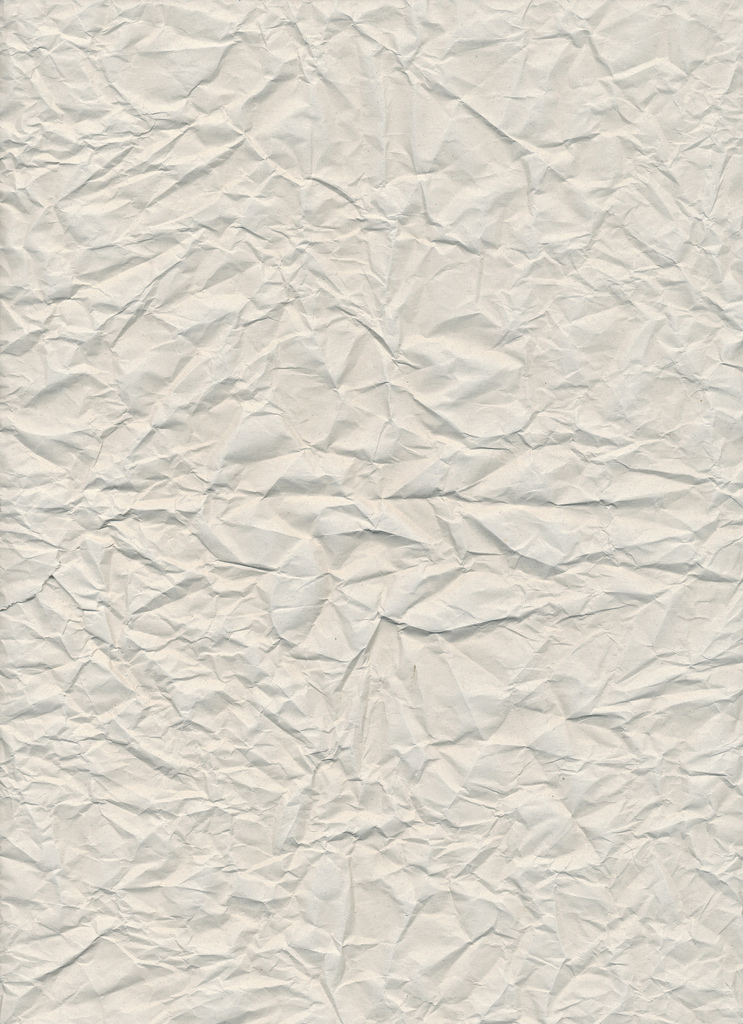Three years ago during the French Open I wrote a blog about how unappealing women’s tennis had become. I stand by those comments. With their one-dimensional games, celebrity boyfriends and multi-octave shrieking, the likes of Maria Sharapova and Victoria Azarenka make me want to run screaming from the room. Now at last there’s a ray of hope on the tennis horizon. The early exits of the “Gruesome Twosome” made the Wimbledon 2013 quarter-final line-up more interesting than usual, with Germany’s Sabine Lisicki the new favourite with crowds and bookies.
Watching Lisicki outmanoeuvre the seemingly unbeatable Serena Williams on Centre Court yesterday was fun. (Not for Serena, obviously, though at least she didn’t resort to one of those limp, no-eye-contact handshakes at the net afterwards.) Like the American, the German has that rare combination in women’s tennis of power and variety in that huge “Boom Boom” serve. It’s not often you see Serena get aced on a second serve.
It’s refreshing to see a powerful woman who does more with all that “oomph” than just yell, pump her fist and blast the ball down the middle of the court until her opponent falls over. Instead Lisicki advances to the net and goes for the drop shot almost as often as the prodigiously sweaty Rafa Nadal goes for the towel. Despatching Estonia’s statuesque Kaia Kanepi 6-3, 6-3 in today’s quarter-final, she often left her opponent floundering behind the baseline with shots neatly deposited halfway up the service box.
Watching the likeable German reach her second Wimbledon semi-final was venerable BBC commentator, Barry Davies, a man who appreciates that there’s more to good tennis than diamond earrings and a fistful of endorsements. Last week Barry suggested that Spain’s Nicolas Almagro had been “marmalised” during his third round defeat to Polish beanpole Jerzy Janowicz. (As The Guardian’s more prosaic headline put it, “Jerzy Janowicz biffs his way past Nicolás Almagro.”)
Unlike some of his colleagues, Barry dates from that long-forgotten era when insight and eloquence were more valued qualities in sports commentary than just “personality”. Also in the commentary box was Martina Navratilova, who once ruled these courts with a game that was as formidable Lisicki’s, though her personality was a good deal less sunny most of the time.
Though I’ve been genuinely excited to see players like Lisicki, Li Na and Agnieszka Radwańska going for their shots, others have been focusing elsewhere. Like their counterparts in other sports, female tennis players cannot escape the relentless scrutiny of their looks and demeanour. (That must be why Radwańska goes on court caked in enough mascara for all the other seven quarter-finalists put together.) So journalists and fans soon noted that Sabine’s secret weapon wasn’t so much her kick serve as her uncanny ability to smile in the face of adversity.
It is one of the more absurd laws of modern tennis that allows players to take lengthy “injury” time-outs when the momentum is going against them or they feel nervous. Azarenka was accused of gamesmanship when she did this in her semi-final against Sloane Stephens at this year’s Australian Open. Radwańska also sought medical attention at a key point in today’s quarter-final, before going on to win. But yesterday Sabine stayed on court and kept smiling through a morale-sapping period in which she lost nine games in a row against Serena. For most players that would be curtains.
Questioned by intrepid BBC reporter Garry Richardson after today’s quarter-final, a still-grinning Lisicki patiently responded, “I’m just passionate about the sport.” It was the kind of stock answer that Ernests Gulbis would doubtless describe as “boring”, but I found it endearing.
I don’t usually bother watching the Women’s Final at Wimbledon, but if the name Sabine Lisicki is inscribed on that famous Venus Rosewater Dish on Saturday then I might be smiling too.
If you’re a fan of tennis fashion (and history), you might enjoy my Pinterest board “Tennis’s Greatest Headbands”.





